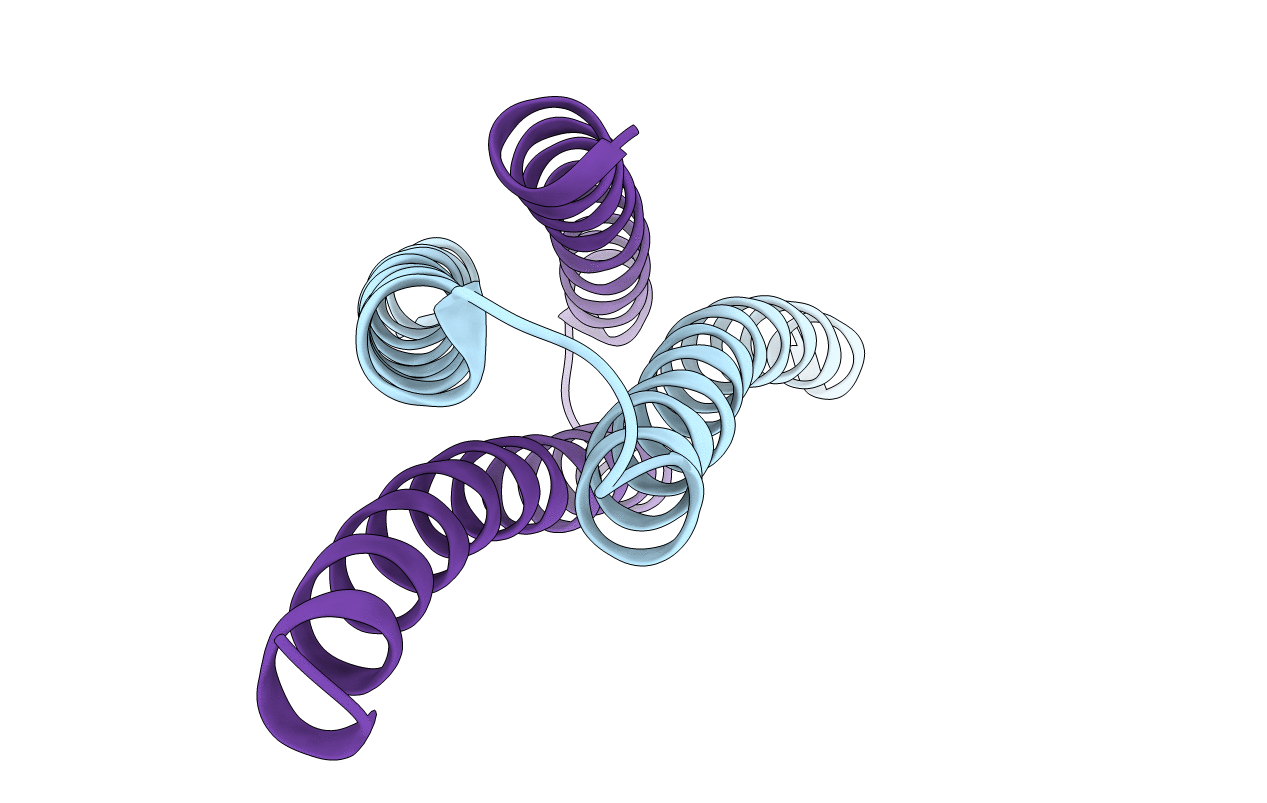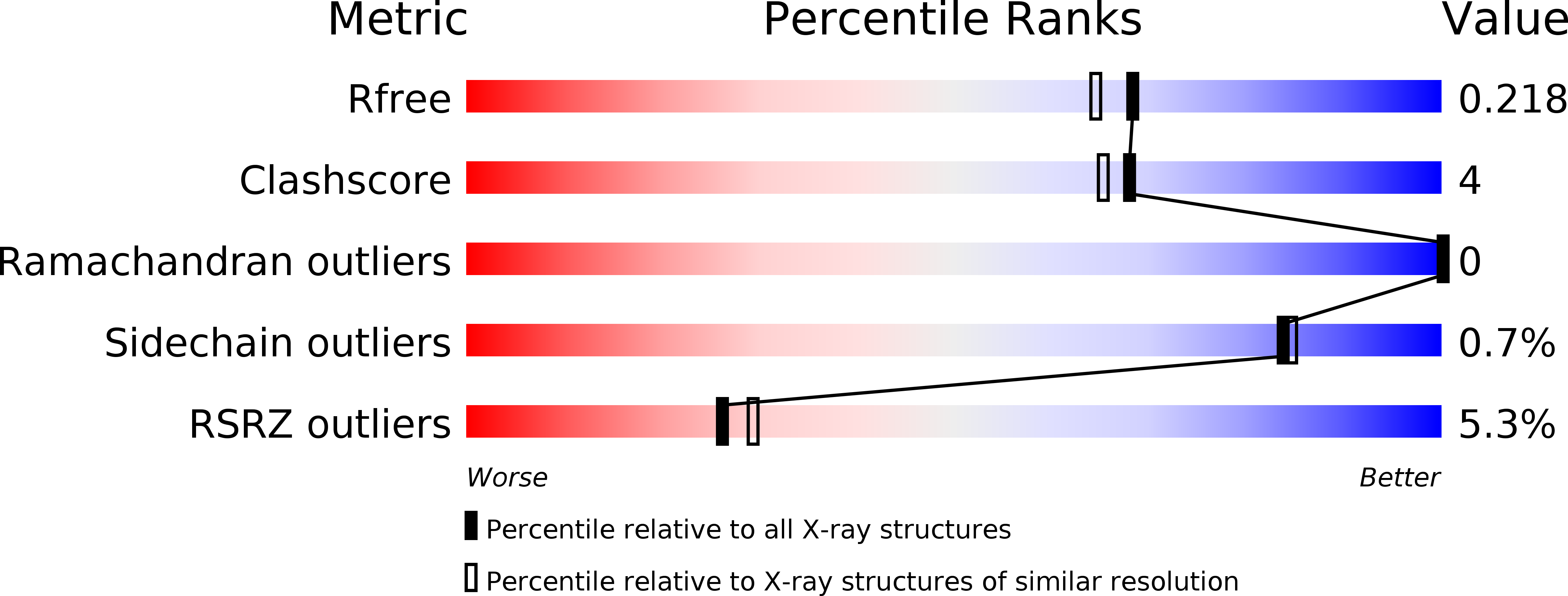
Deposition Date
2018-08-02
Release Date
2019-05-08
Last Version Date
2024-05-15
Entry Detail
PDB ID:
6H86
Keywords:
Title:
Rebuilt and re-refined PDB entry 4R3Q: Crystal structure of SYCE3
Biological Source:
Source Organism:
Mus musculus (Taxon ID: 10090)
Host Organism:
Method Details:
Experimental Method:
Resolution:
1.90 Å
R-Value Free:
0.21
R-Value Work:
0.19
R-Value Observed:
0.19
Space Group:
H 3


